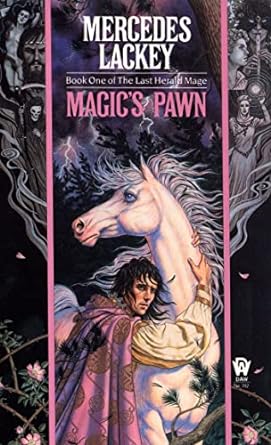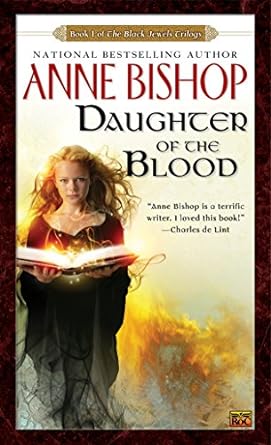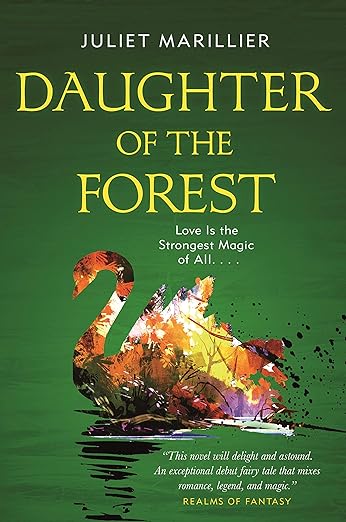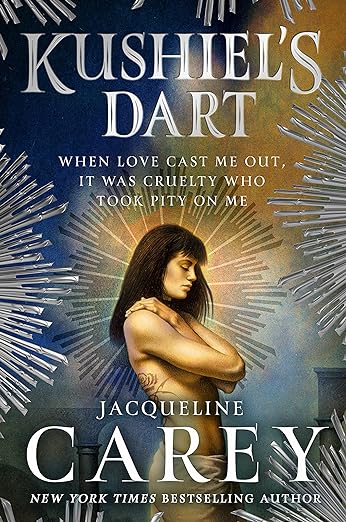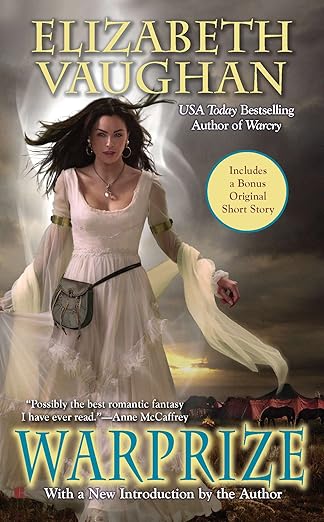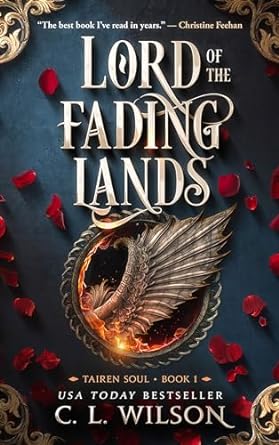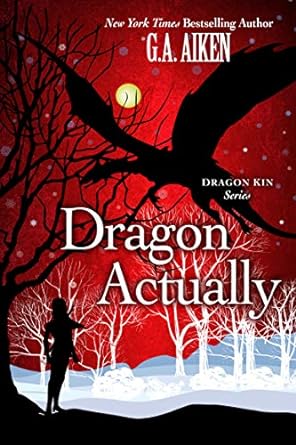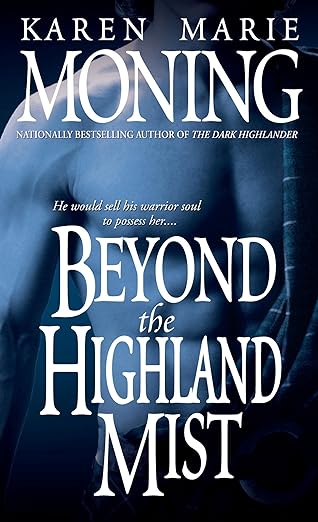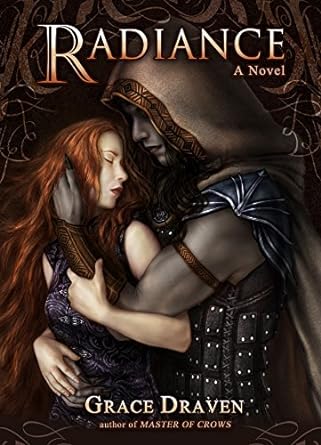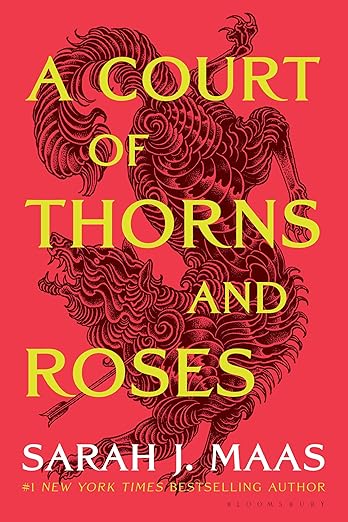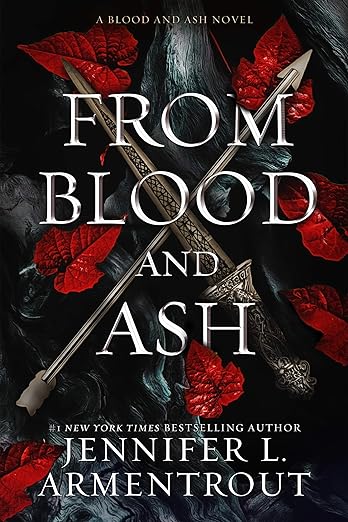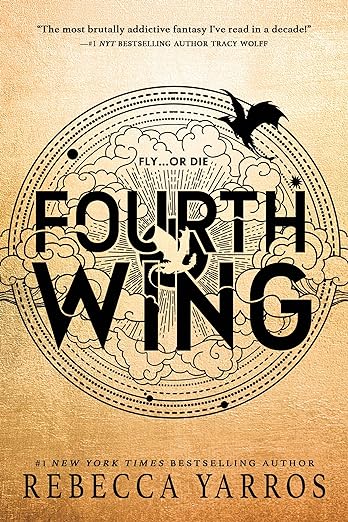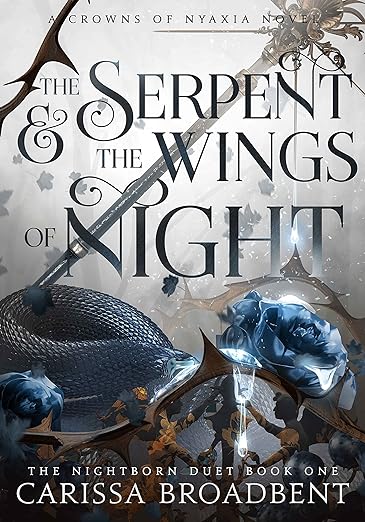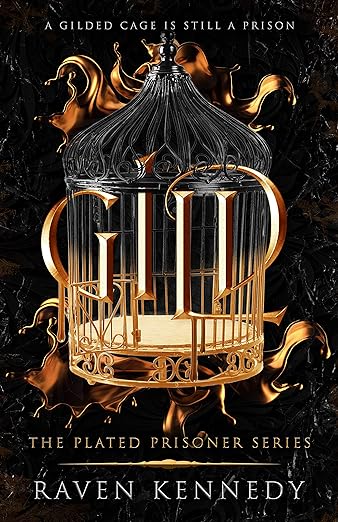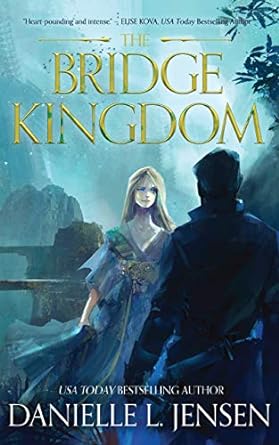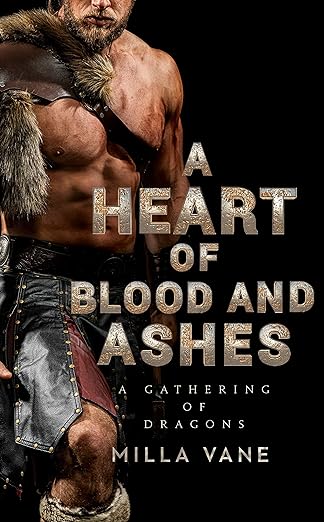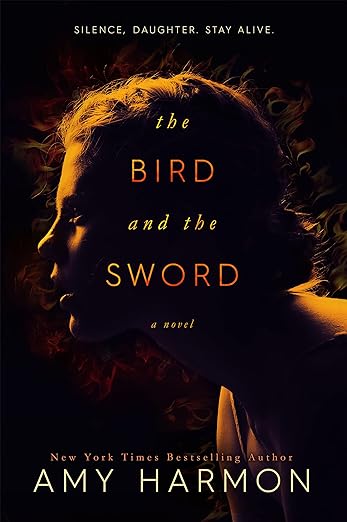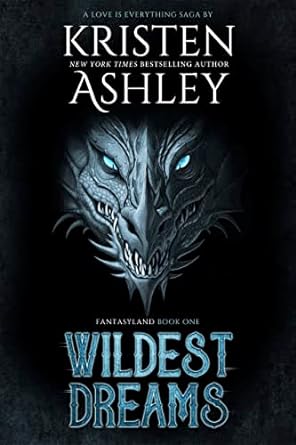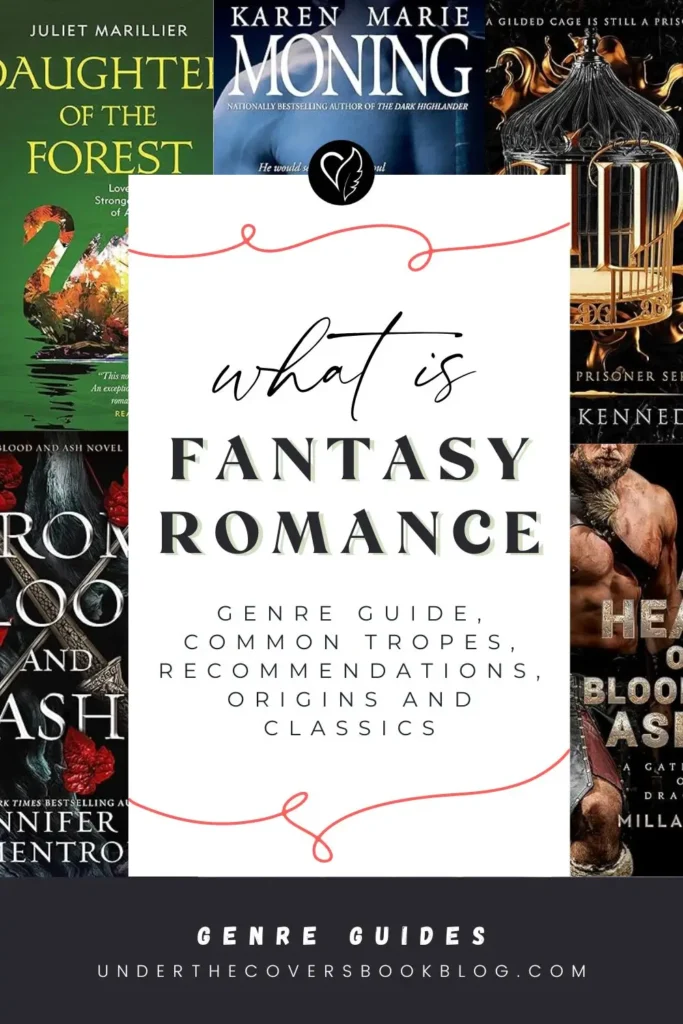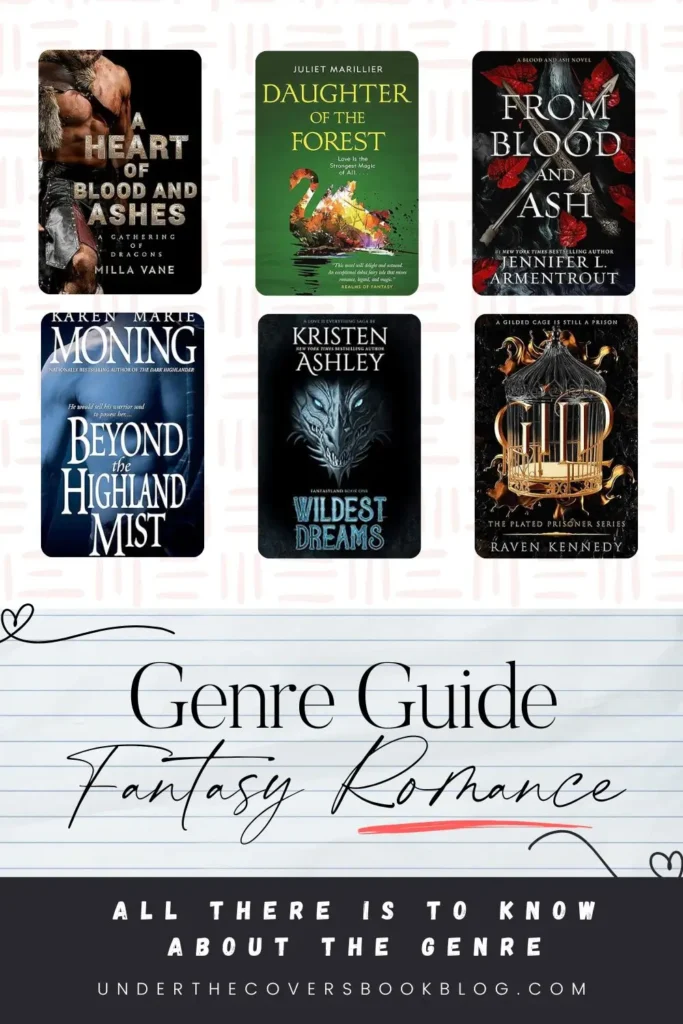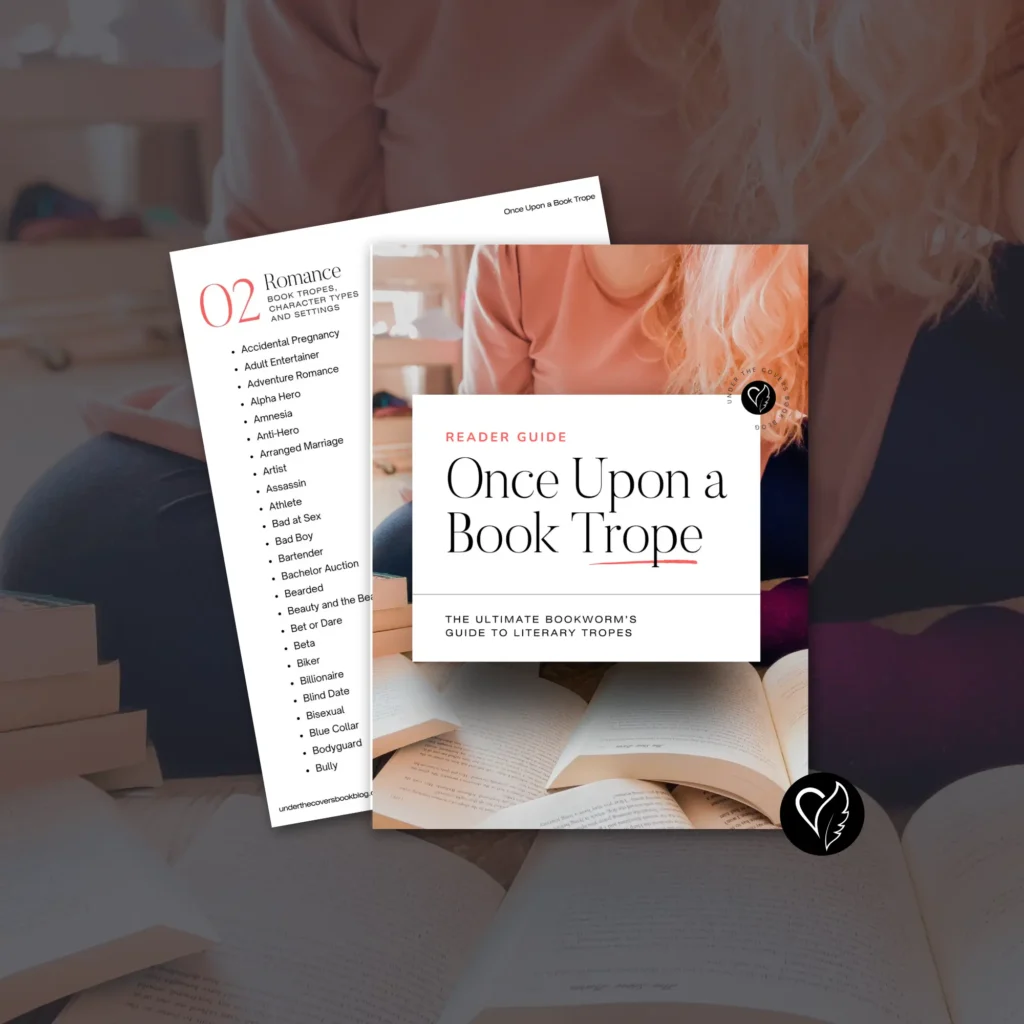Ever wondered what happens when you throw a little magic into the romance pot? Welcome to the world of fantasy romance, where love stories come with a side of dragons. This post is your all-access pass to understanding what fantasy romance is all about. No prior knowledge of spellcasting or dragon taming required
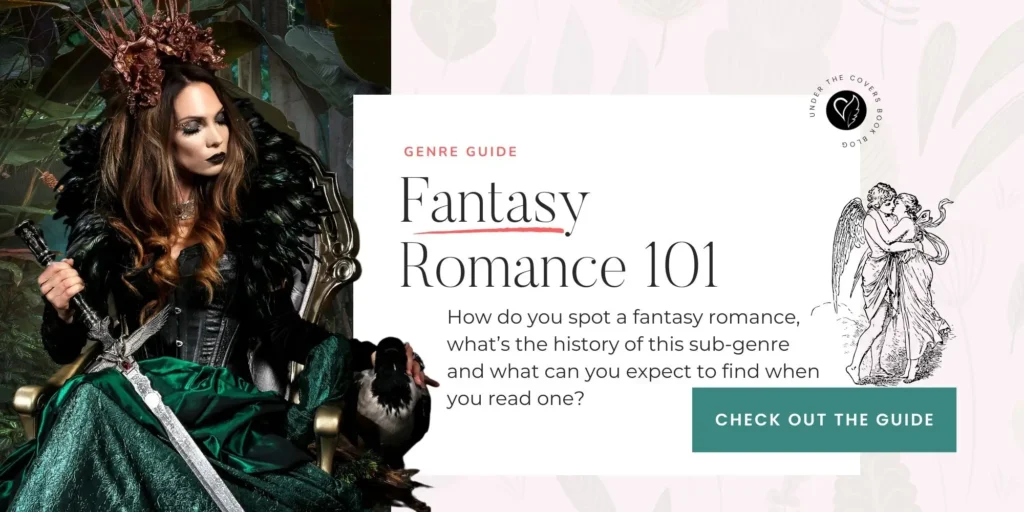
Fantasy Romance 101
Once upon a time, in a land far, far away… someone decided that dragons and love potions mixed together as well as coffee and cream. And thus, fantasy romance was born.
This post contains affiliate links. That means we receive a small commission at no cost to you fom any purchases you make through these links.
What is fantasy romance?
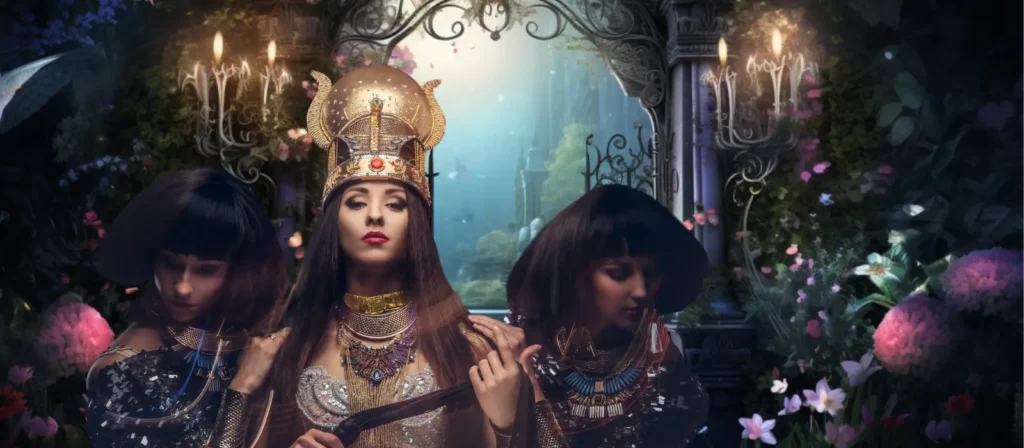
Definition of fantasy romance
What exactly is fantasy romance? Simply put, it’s where the adventurous spirit of fantasy novels meets the deep emotional connection of romance. Imagine your typical knight in shining armor or mysterious mage, but instead of just questing to save the kingdom, they’re also trying to win the chosen one’s heart. It adds a layer of depth to the narrative, blending the thrill of fantasy with the relatability of romantic elements.
Why fantasy romance hits different?
Ever feel like the real world’s just too much? Fantasy romance is the ultimate getaway ticket. This genre is like hitting the pause button on real-world drama. Here, love laughs in the face of gravity and societal norms. Imagine finding your soulmate in a place where the impossible is just a regular Tuesday. That’s the heart of fantasy romance. It gives us a break from the everyday grind, letting us dive into worlds where the rules are different and love is even more powerful because of it. It’s a reminder that sometimes, stepping into the fantastical can make the real world a bit easier to tackle when we come back.
The hallmarks of fantasy romance
When you peel back the layers of a fantasy romance story, what do you find? A mix of ingredients that makes each tale as unique as a snowflake. At its core, this genre blends the heart-pounding moments of romance with the jaw-dropping wonders of fantasy. Just like your favorite playlist; every track (or trope) hits differently, yet somehow, they all harmonize together. Ready to see what’s under the hood?
Common tropes and themes in fantasy romance
Soulmates or fated mates
Because why meet cute when you can meet destined? It’s all about that instant connection, as if the stars aligned just to say, “Hey, you two—yeah, you’re meant to be.”
Star-crossed lovers
Love in the face of danger, or better yet, because of danger. These are the lovebirds for whom everything (and sometimes, literally every witch, warlock, or deity) seems to be against. And they keep us on the edge of our seats.
Mythology Retellings
Ever thought Zeus needed a love story? Here’s where ancient gods and legendary heroes get caught in romances of epic proportions. Like history class with considerably less homework.
Forbidden love
Nothing spices up a story like a romance that’s supposed to be off-limits. Whether it’s due to ancient curses, family rivalries, or societal norms, these lovers are ready to break all the rules.
Pin this for later
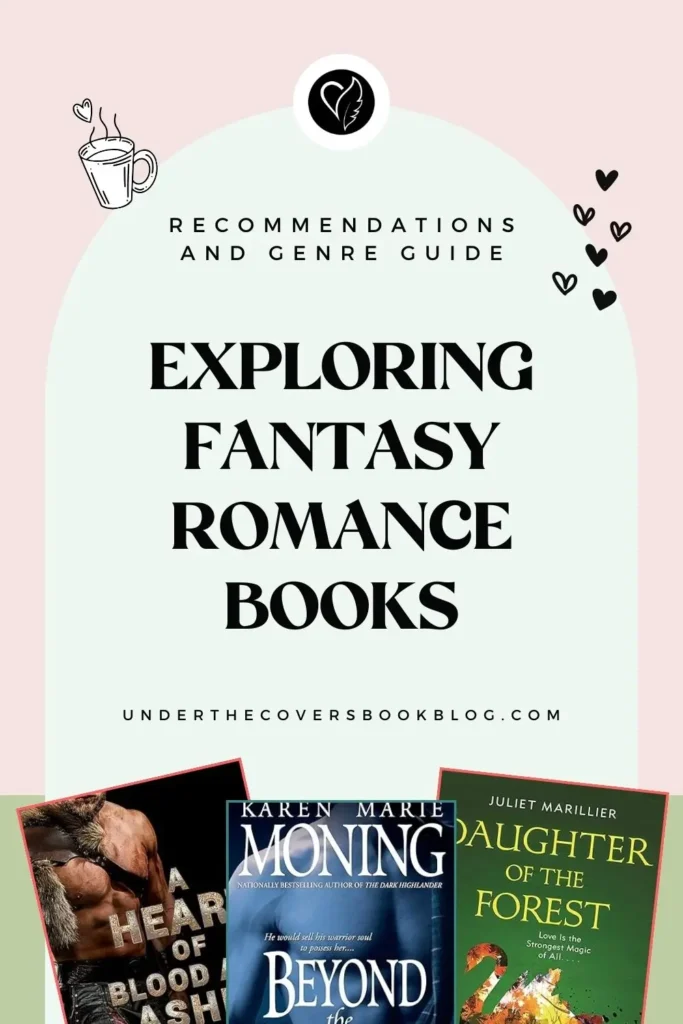
Common character archetypes in fantasy romance
Fantasy romance isn’t just about the magic and the settings; it’s the characters who steal our hearts and make us root for love against all odds. Here are some of the archetypes that give this genre its heartbeat:
The Warrior and the Mage
It’s the classic brawn meets brains, with a magical twist. The warrior’s might and the mage’s intellect often clash, but together, they’re a duo that can face any challenge. Their journey from rivals to lovers is a trope we can’t get enough of, proving that sometimes, opposites don’t just attract—they ignite.
Royalty
Kings, queens, princes, and princesses trapped in gilded cages or burdened with heavy crowns find love in the most unexpected places. Whether it’s finding a partner outside their royal expectations or battling for their right to love amidst political intrigue, these tales of prove that love knows no rank.
The Chosen One
Often bearing the weight of prophecy or destiny on their shoulders, the Chosen One’s path is fraught with danger and sacrifice. Their love stories are compelling because they blend the personal with the epic—how does one balance saving the world with the start of a romance? Their partners are often key to their emotional growth and success, providing support, wisdom, or even a reality check when the world-saving gets too intense.
Beauty and the Beast
This timeless tale takes on new dimensions in fantasy romance. It’s not just about physical transformation but about the power of love to see beyond appearances and heal inner scars. These stories often explore themes of acceptance, redemption, and the true nature of beauty.
How do I recognize a fantasy romance?
So, you’re wandering the vast shelves of a bookstore or scrolling endlessly through Kindle Unlimited, and you’re hit with the question: Is this a fantasy romance or something else entirely? Don’t worry; you’re not alone. Fantasy romance has a few siblings, and while they share some traits, each has its own distinct flavor. Let’s break it down, making it as easy as pie to spot a fantasy romance from its genre cousins:
Distinguishing features of fantasy romance
Fantasy romance vs similar genres
Navigating genre fiction can sometimes feel like decoding a complex puzzle. When trying to distinguish fantasy romance from its closely related sub-genres, a few signposts can guide us.
Paranormal romance, for example, sets romances in a world that mirrors our own, yet it’s peppered with supernatural characters like vampires, werewolves, and ghosts. The key here is paranormal characters HAVE to be there and must be set in our world (no matter the time period).
On the other hand, sci-fi romance has narratives that are in futuristic or extraterrestrial terrains, where advanced technology and space exploration form the backdrop to the romantic plot. Romance is still the central focus, unlike with the sci fi genre, but the setting sets it apart from other romances.
Monster romance takes a slightly different track by delving into romances with beings considered monsters (non-human looking). This sub-genre challenges its characters (and readers) to look beyond the surface, emphasizing themes of acceptance. The setting is much less important, the key here being the non-human looking character. You can find monster romances in fantasy romance, sci fi romance and paranormal romance!
In contrast, fantasy with romantic subplots leans heavily into the realm of fantasy, prioritizing world-building, magical systems, and epic quests. Here, romance serves to deepen the narrative and character arcs without actually being the story’s main course. This distinction is crucial for readers drawn to the immersive qualities of fantasy worlds but who also appreciate the added dimension that romantic relationships can provide. The romance, while enriching, doesn’t eclipse the fantastical adventures at the heart of these stories.
Each of these sub-genres offers a distinct flavor of storytelling. The key differences lie in the setting, the characters and how central the romance is to the plot’s progression.
In fantasy romance, the love story takes center stage, set against the backdrop of an entirely imagined world. This setting is what sets the genre apart: it doesn’t have to mirror our reality or include paranormal beings or magic, though it often does. What’s crucial is that the romance drives the plot, making the exploration of new, fantastical lands and the unfolding relationship between characters inseparable.
Dive more into fantasy
Ultimate Fantasy Genre Guide
Learn more about the fantasy genre, what sub-genres you can expect to find and more.
What’s the deal with romantasy?
When you first step into the world of fantasy romance, you might come across the term Romantasy. To some, it sounds like a new genre, but here’s the scoop: Romantasy is essentially fantasy romance wearing a fancy hat. The difference often comes down to how people talk about these books or how they’re marketed.
Newcomers to the genre might see Romantasy and think it’s pointing to fantasy books that dial up the romance a notch—where magic and love intertwine a bit more closely than in your average fantasy adventure. It’s like when someone recommends a book for its steamy love story as much as its world-building or magic system. Sound familiar? This definition and type of books already existed. It’s called fantasy romance.
Marketing plays its part, too. The label Romantasy can be a beacon for readers searching for that perfect mix of fantasy and steamy romance.
Ultimately, Romantasy is just another name for fantasy romance. It’s a term used in marketing to catch the eye of readers looking for stories where magic and romance play equal parts. It’s not a new genre. Whether you see a book labeled as Romantasy or fantasy romance, you’re diving into the same blend of love and magic.
WANT TO GO MORE IN DEPTH INTO THE ROMANTASY TREND?
Check out our romantasy guide for the uninitiated
Is young adult fantasy different then?
Yes, young adult (YA) fantasy is, in fact, different. It typically focuses on themes like coming-of-age challenges, first loves, and self-discovery, all within fantastical settings. While YA fantasy often includes romance, it doesn’t always drive the plot as it does in fantasy romance.
For some readers evolving from YA fantasy books into their more adult counterparts, the term romantasy often seems to be used when referring to fantasy romance.
How do you categorize your books?
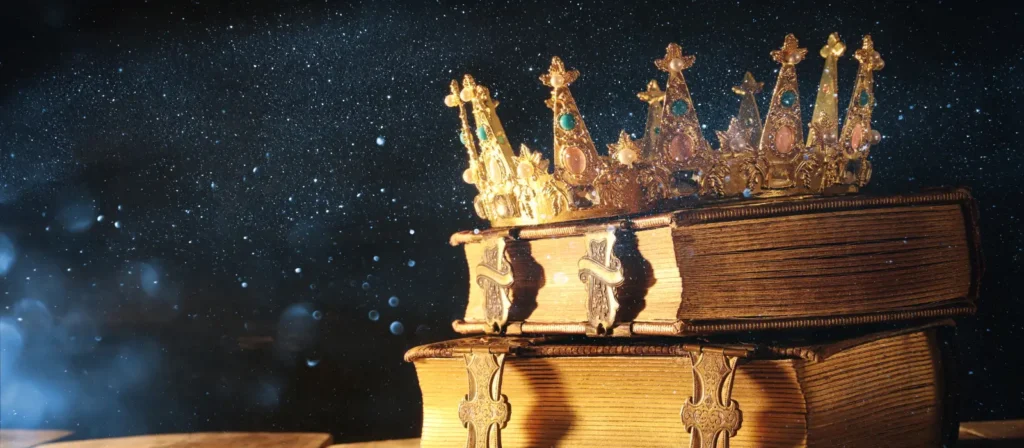
Icons of fantasy romance
The fantasy genre has long been a vessel for exploring the unimaginable, with its roots deeply embedded in mythology, folklore, and fairy tales. These stories often hinted at romantic elements, but it wasn’t until more recent times that the romance genre began to intertwine explicitly with fantasy, giving rise to what we now recognize as fantasy romance.
The Origins and Transition
The transition from traditional fantasy to fantasy romance can be seen as a natural evolution. Early fantasy works focused heavily on world-building, adventure, and the battle between good and evil, often sidelining romantic subplots. However, as readers began to seek more character-driven narratives, the emotional journeys of characters, including their romantic experiences, started to take center stage.
This shift was gradual. In the 20th century, as the fantasy genre itself began to diversify and expand, authors started experimenting with blending genres, incorporating elements of romance into their fantastical worlds. The rise of character-driven stories in fantasy provided a fertile ground for romance to bloom, allowing for deeper exploration of relationships against the backdrop of magical and mythical settings.
Classic fantasy romance authors and their impact
Let’s highlight a few key figures and works that helped mold the genre into what it is today. From the fantasy origins with romantic subplots to what we know today as fantasy romance.
Anne McCaffrey and “The Dragonriders of Pern” series (starting in 1967): McCaffrey’s work is often cited as one of the early blends of science fiction and fantasy that prominently featured romantic elements within its plot. While not a fantasy romance in the strictest sense, it laid the groundwork by focusing on the relationships between its characters as much as on its fantastical elements, offering a glimpse into how romance could be integrated into speculative fiction.
Marion Zimmer Bradley and “The Mists of Avalon” (1983): Bradley’s retelling of the Arthurian legends from the perspective of its female characters introduced a new layer to fantasy storytelling by highlighting the romantic and political machinations from a woman’s viewpoint. This focus on character-driven narrative, including the complexities of love and power, was pivotal in the evolution towards fantasy romance.
Mercedes Lackey and the “Valdemar” series: Starting in the 1980s, the Valdemar series significantly influenced fantasy romance with its rich world-building and inclusion of romantic elements within epic fantasy narratives. Lackey’s contributions have helped shape fantasy romance where emotional and adventurous storytelling thrive together.
Anne Bishop’s Black Jewels (1998): The Black Jewels series is another pivotal addition. While it stretches the boundaries of dark fantasy with its intricate world-building and complex power dynamics, the series weaves in compelling romantic elements that are crucial to character development and plot progression. Bishop’s work illustrates the genre’s capacity for blending darker themes with the redemptive power of love.
Juliet Marillier and “Daughter of the Forest” (1999): Marillier’s work is a prime example of early fantasy romance, where the plot is as much driven by the love story as by the quest or the magic. This novel, inspired by the Celtic Swan Lake myth, intertwines romance with folklore in a way that foregrounds the emotional journey of its characters, setting a standard for the genre.
Kushiel’s Dart by Jacqueline Carey (2001): Carey’s novel, while still a fantasy, is often hailed as a turning point for fantasy romance, thanks to its intricate plot, richly developed world, and the central role of a love story that defies norms and expectations. Kushiel’s Dart and its sequels blend high fantasy with elements of romance, erotica, and political intrigue, showcasing the genre’s potential for complexity and depth.
Warprize by Elizabeth Vaughn (2005): The first book in her Chronicles of the Warlands series, is a brilliant addition to this exploration. Warprize blends the grand scale of epic fantasy with the intimate journey of a romance, focusing on a powerful and evolving relationship between a princess and a barbarian warlord. It exemplifies the shift towards stories where love doesn’t just complement the fantasy setting but is central to the characters’ motivations and the plot’s progression.
Lord of the Fading Lands by C.L. Wilson (2007): This novel, the first in the Tairen Soul series, quickly captured the hearts of fantasy romance readers with its epic love story set against the backdrop of a richly imagined world. C.L. Wilson’s work is a standout example of how the genre matured in the 2000s, blending deep magical lore with a compelling romantic narrative, making it a modern classic in fantasy romance.
Modern fantasy romance authors
We’ve been fantasy fans for as long as we can remember, watching the genre evolve and intertwine with our other favorite, romance. Over the years, we’ve seen all sorts of styles emerge, some sticking around as timeless classics while others ride the trendy wave.
Among the titans, we’ve got G.A. Aiken’s Dragon Kin series, which is everything you didn’t know you needed. Imagine dragons with a sense of humor as sharp as their claws, and you’re halfway there. Aiken, moonlighting from her paranormal romance gig as Shelly Laurenston, knows how to make fantasy romance fun and fierce. Then there’s Karen Marie Moning’s Highlander series—yeah, the same genius behind the Fever series. She takes us back in time with a blend of magic and mist that’s hard to resist. And Grace Draven’s Wraith Kings series? It’s like she looked at the beauty and the beast trope, added monster romance, and said, “Let’s make this sweet.” And oh, did she deliver.
Lately, the scene’s been buzzing thanks to authros like Sarah J. Maas, Rebecca Yarros, and Jennifer L. Armentrout, spicing things up and drawing even more readers into the fold. Their success has not only highlighted the genre’s appeal but also broadened what we expect from it, blending traditional elements with new, irresistible twists.
Stepping into the arena with them are Carissa Broadbent, whose stories often feel like a love letter to those of us who adore a bit of rebellion in our romance and crave the old school book vibes; Raven Kennedy, who’s got a knack for flipping fantasy tropes on their head in the best way possible; and Danielle L. Jensen, weaving intrigue and romance that feels like a complex story you never want to end. Each brings their own flavor to the genre, proving that fantasy romance can be as diverse and dynamic as its readers.
In this ever-expanding universe, whether you’re here for the timeless classics or itching to dive into the latest trend, there’s a fantasy romance out there with your name on it. And the beauty of it? The adventure is just beginning.
Underrated gems in fantasy romance
It’s easy to get lost in the big names and blockbuster series. But sometimes, the real gems are the ones that fly under the radar, waiting to be discovered and adored. Let’s shine a spotlight on a few underrated gems in fantasy romance that deserve their moment in the sun.
First up, A Heart of Blood and Ashes by Milla Vane. Picture the gritty, political intrigue of Game of Thrones, but with a steamy, forbidden romance that’ll have you flipping the pages faster than you can say “Winter is coming.” Vane delivers a story that’s as brutal as it is beautiful. It’s the perfect pick for those who love their fantasy with a side of heart-racing romance.
Then there’s The Bird and the Sword by Amy Harmon. Harmon’s writing is nothing short of poetic, weaving a tale that’s as beautiful as it is captivating. She has a way of making every word count, pulling you into a world where magic sings and love conquers all. Ms. Harmon is a must-read for anyone who appreciates the artistry of storytelling.
And we can’t forget Kristen Ashley’s Fantasyland series. While better known for her contemporaries, Ashley takes the concept of alternate universes and runs with it. From a modern woman thrust into a medieval-esque realm to a princess swapping places with her alternate universe self in our world.
Why We Love Fantasy Romance?
Let’s be real: where else can you find a smoldering sorcerer, a knight in not-so-shining armor, or a dragon with a heart of gold waiting to sweep you off your feet? It’s the ultimate escapism. Had a rough day? Why not lose yourself in a world where the biggest dilemma might be breaking a curse or navigating court intrigue with your forbidden love by your side?
Fantasy romance offers a spectrum of adventures, from the dark and dangerous to the light and cozy. Feeling like a bit of thrill? There’s a dark fantasy romance with your name on it. In the mood for something that feels like a warm hug? Cozy fantasy romance has got you covered. The beauty of this genre is its versatility. One day you’re battling alongside warriors in epic quests, and the next, you’re unraveling mysteries in enchanted towns. Of course, falling in love along the way.
And let’s talk variety—fantasy romance has it in spades. From tales woven with paranormal creatures to stories set in worlds where magic is part of everyday life, there’s always something new to discover. Plus, the heat level in these books can range from a gentle simmer to full-on inferno, ensuring there’s a story out there for every mood.
So, why do we love fantasy romance? Because it’s where the impossible becomes possible, where you can find adventure, magic, and love all wrapped up in one. It’s the genre that asks, “Why choose between dragons and true love when you can have both?” And honestly, in a world that often feels a little too mundane, that’s a pretty magical proposition.
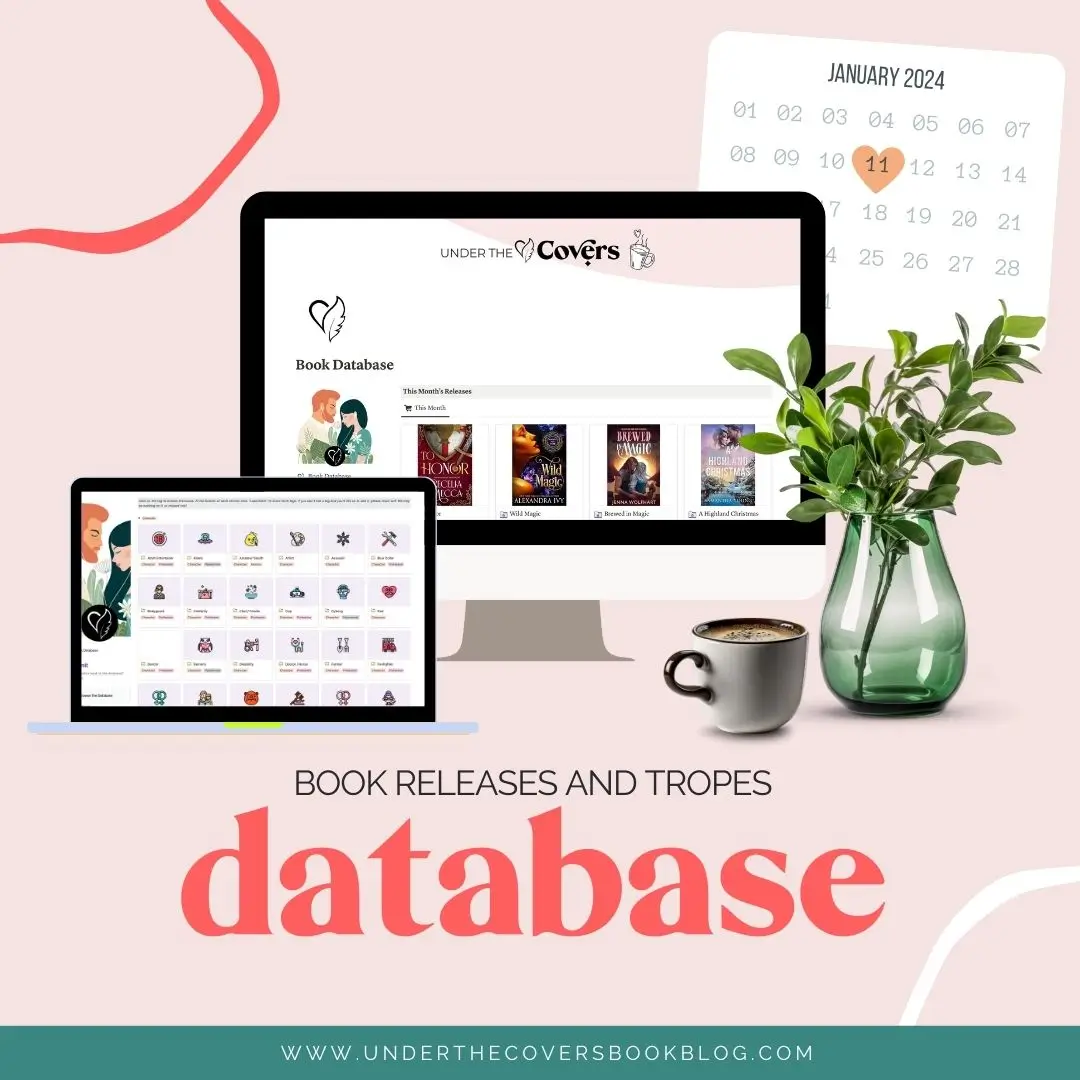
WANT MORE BOOK RECS?
Get Access to Our Full Book Database
When you join the Under the Covers Community you’ll get access to our release calendar and trope database. Guaranteed to find your next read!

Join the Under the Covers Community
- Book Release Calendar
- Book Tropes Book Database
- Reading Under the Covers: Extra Bite – Exclusive Bonus Podcast Feed
- Monthly recommendations, tutorials, live events
- Free downloads (activities, templates and more)
- And much more!

